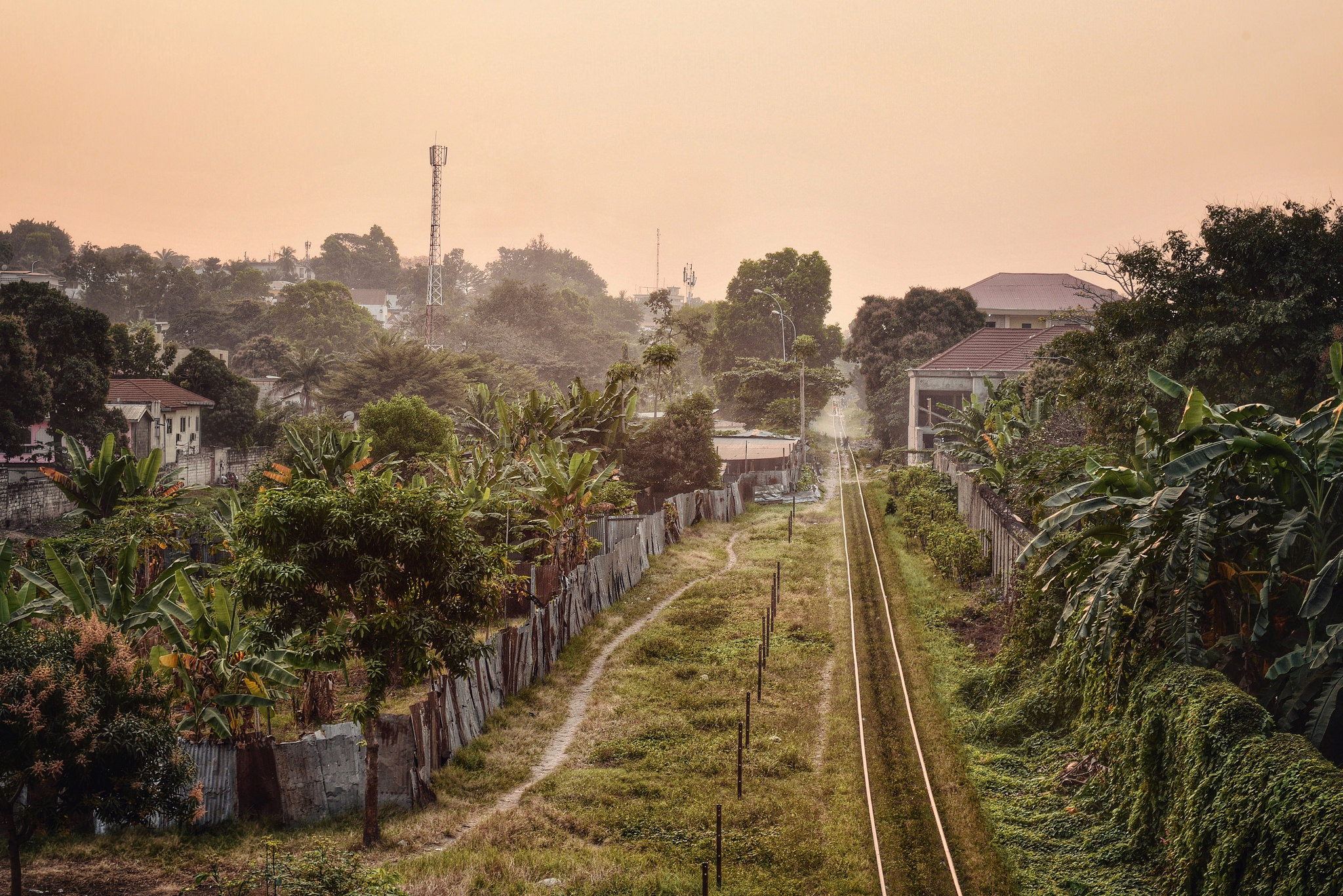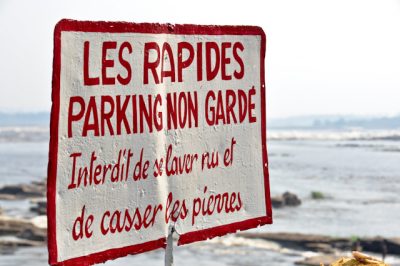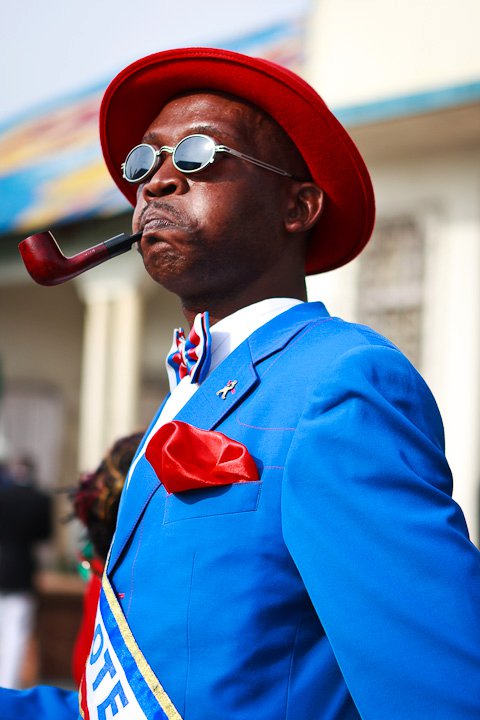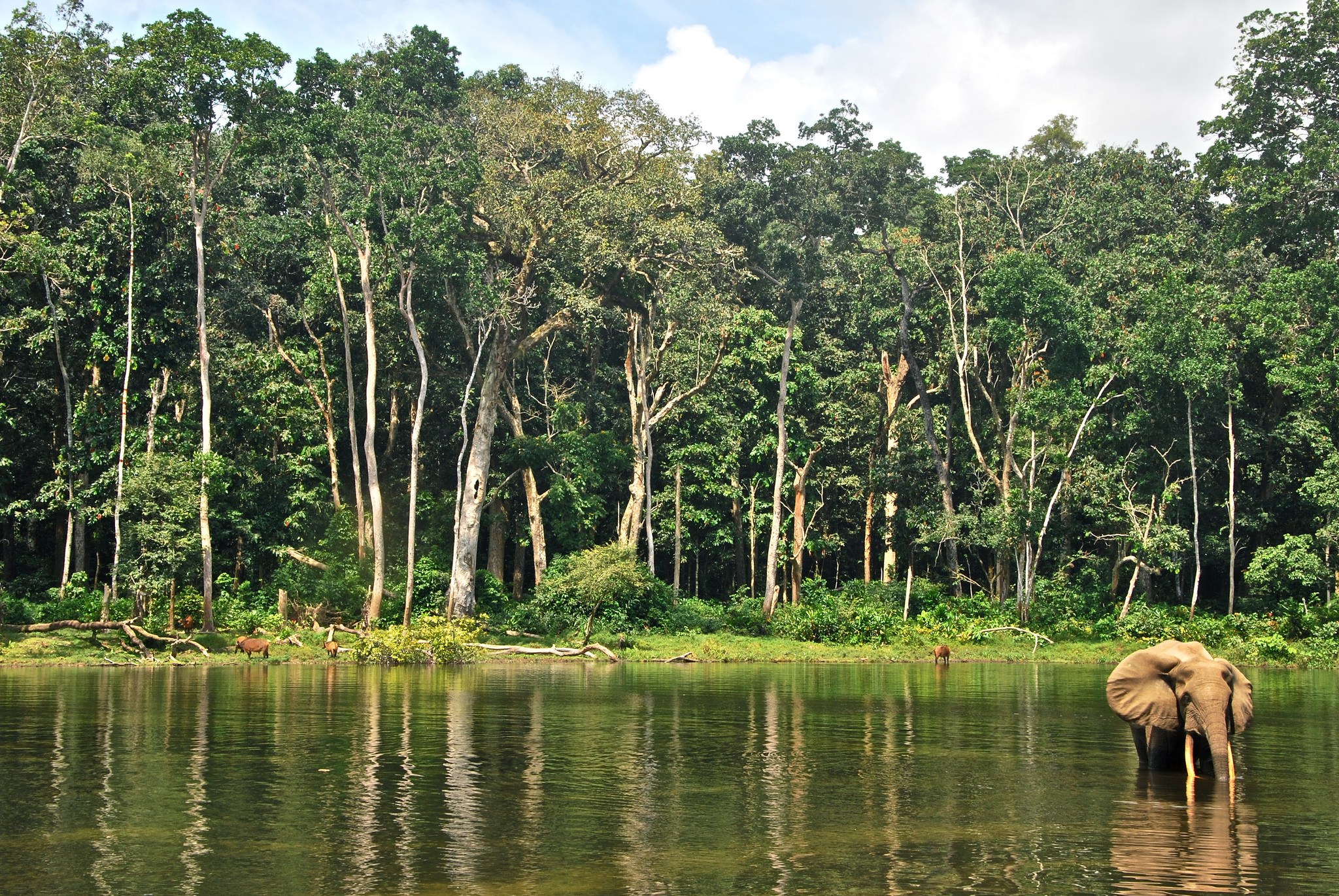BRAZZA SHOWS ITS TRUE COLOURS
What springs to mind when you hear the word ‘Congo’?
On the one hand, it has indelible links to central Africa’s bitter civil wars and the ‘dark heart’ of Africa. On the other, it evokes images of steamy forests, shy gorillas and jungle-clad mountains; of lazy, mile-wide rivers and vibrant African cities. And while ongoing conflict makes the sprawling Democratic Republic of Congo (DRC) a difficult choice for leisure travel, its smaller neighbour north of the Congo River is well worth a look.

The Republic of Congo, or Congo-Brazzaville, is an altogether more relaxed corner of central Africa. Home to just four-million people – in stark contrast to the DRC’s 67-million – this former French colony is slowly cementing its position as an off-the-beaten track destination for adventurous travellers from across the globe.

Most visitors begin their journey in the capital, Brazzaville. This compact, surprisingly clean city stretches out along the broad Congo River. Across four kilometres of swirling muddy brown waters, Kinshasa is just visible through the steamy heat haze. Admiring the mighty Congo is perhaps the first thing you should do in the city: flowing 4,700-kilometres through 10 countries, it’s the second largest river in the world after the Amazon. Diving to more than 220-metres in places, it’s also the deepest river on the planet.
The best place to admire this iconic African waterway is at Les Rapides, just outside the city. As the river funnels through a rocky channel it forms a maelstrom of angry rapids, a natural barrier in a river that is navigable for thousands of kilometres. In the calmer waters above the rapids, local children cool off in the shallows as fishermen cast their nets. There’s a laid-back restaurant on the riverbank here: a good place to kick back with a local N’gok lager and soak up the scene.
Also, don’t miss the nearby artist’s collective, where a dozen artists from across the country display a range of eye-catching upcycled creations. Best buy? A carved, wooden interpretation of Mami Wata, the legendary water spirit of the Congo River.
If it’s shopping you’re after, your best bet is to grab a taxi – or book a guided excursion through your hotel – and head for the Poto Poto market. While the backstreets are unpaved and not for the faint-of-heart, the main drag is lined with colourful fabric shops where French-speaking shopkeepers will charm you into a sale. The Moungali and Ouenze markets are also worthwhile for pottery and local crafts.

As you wander, keep an eye out for the well-dressed members of the Societe des Ambianceurs et des Personnes Elegantes. Despite the dusty streets, luminaries of the ‘Society of Tastemakers and Elegant People’ step out in designer suits and vintage hats, pocket handkerchiefs and crocodile-leather shoes done just so. It’s a throwback inspired by the country’s early days as a French colony, but is still embraced on the bustling streets of Brazza. One of its more famous acolytes was the Congolese rumba player Papa Wemba, a star in the 1970s and ‘80s who said, “White people invented the clothes, but we make an art of it.”
Soaking up the local colour is half the charm of a visit to Brazza, but there are a few sights worth a visit. Designed by French architect Roger Erell, the striking Basilique St. Anne’s is best experienced on a sunny day, when the skylights flood the church in natural light. Opening hours can vary, but it’s usually open on a Sunday morning for services.
The Brazza Memorial is also a must-see. Italian explorer Pierre Savorgnan de Brazza is one of the few colonial explorers still revered post-independence, and his giant marble mausoleum sits right on the banks of the Congo River. It’s usually open from 9am until 6pm daily, but times may vary.
Although expats and locals escape the city on the beaches north of Pointe Noir, the real magic is to be found in the far north-east of the country in the Parc National d’Odzala. Established in 1935, this remarkable conservancy protects 13 600 square-kilometers of the second largest rainforest on the planet. Home to chimpanzees, forest elephant, antelope and remarkable diversity of birdlife, it remains one of the most remarkable wilderness destinations in Central Africa. Tourism is in its infancy here, but Odzala Discovery Camps run a handful of excellent eco-lodges in the region, with highly-trained guides leading guests on gorilla walks, birding hikes and pirogue adventures.
While travelling to and around Congo may take time and a sturdy sense of adventure, the chance to discover this off-the-beaten-track destination makes it well worth the effort.












